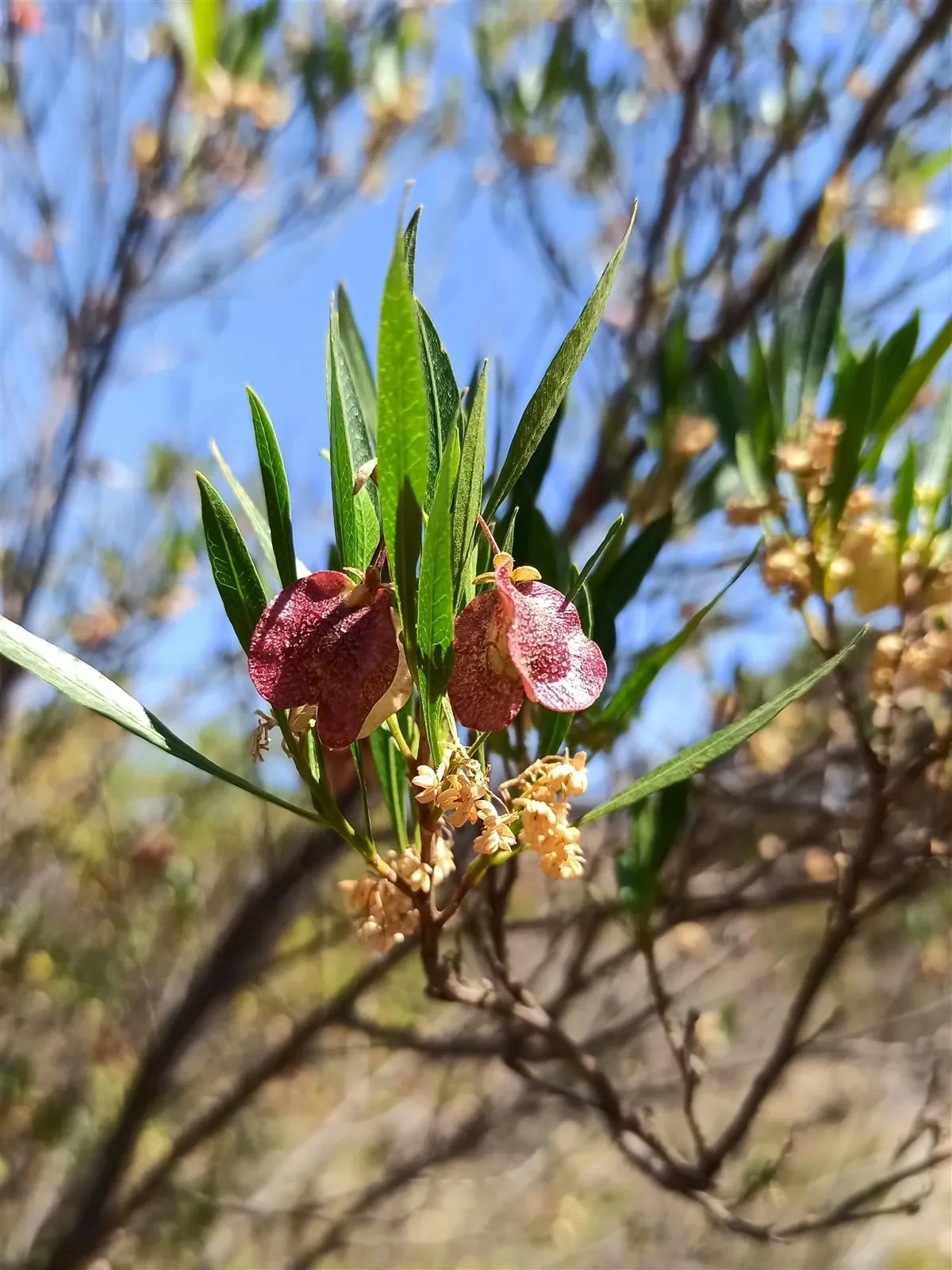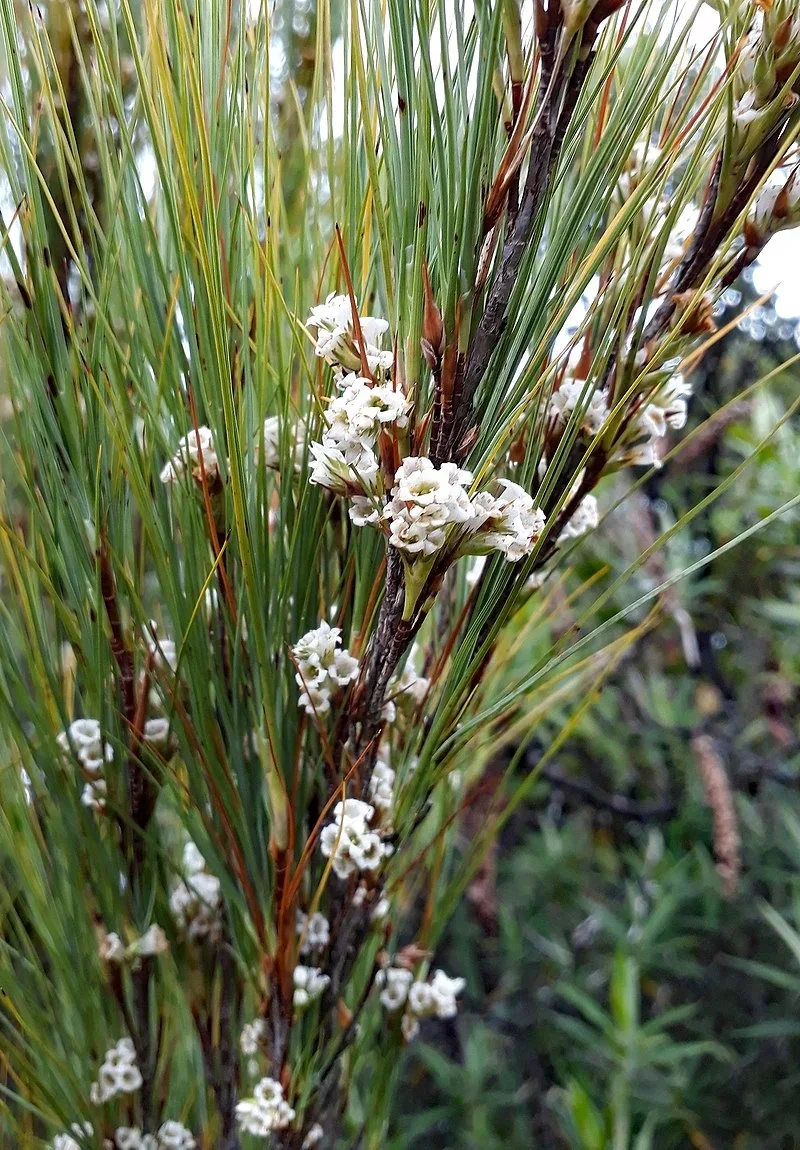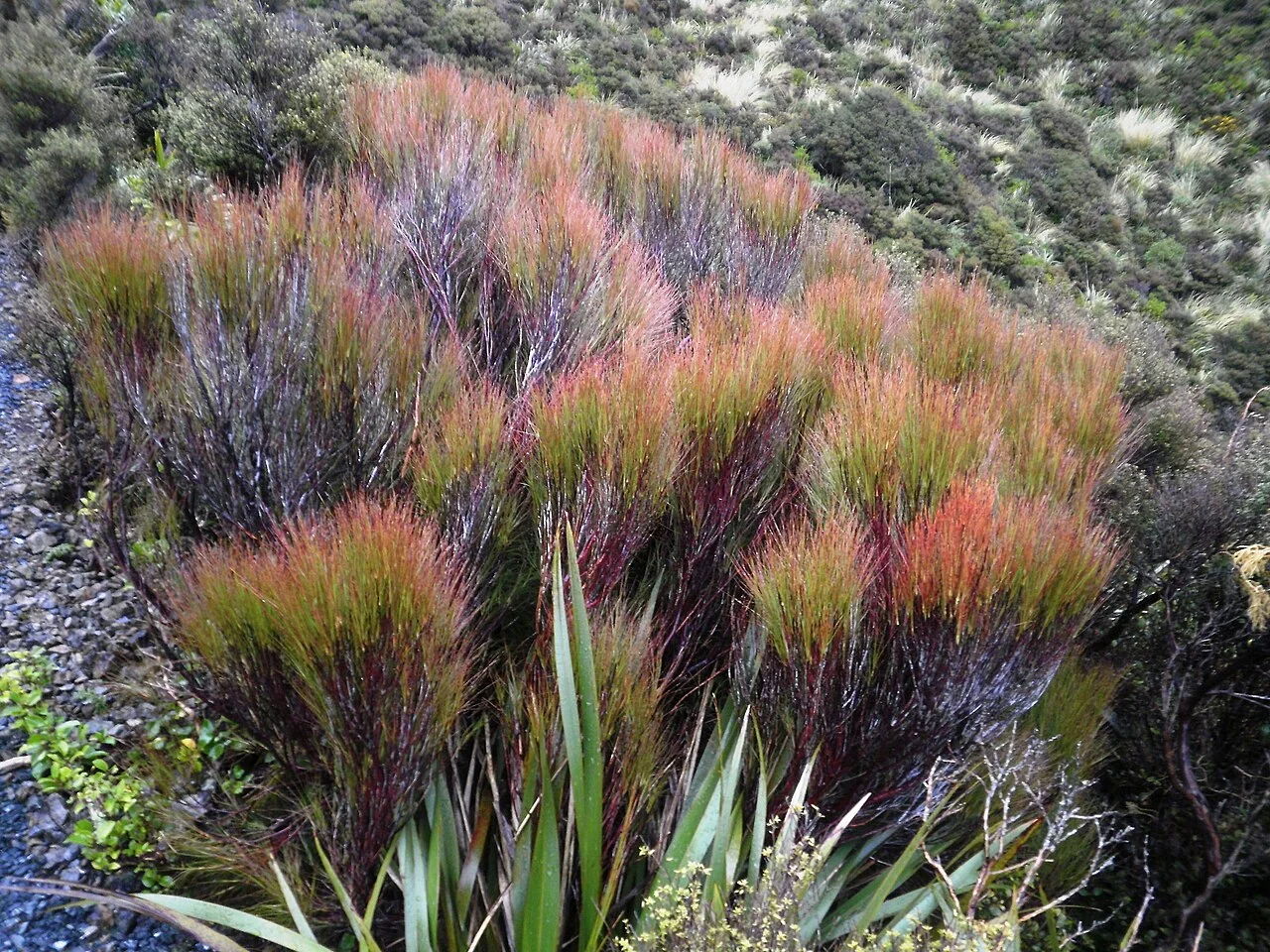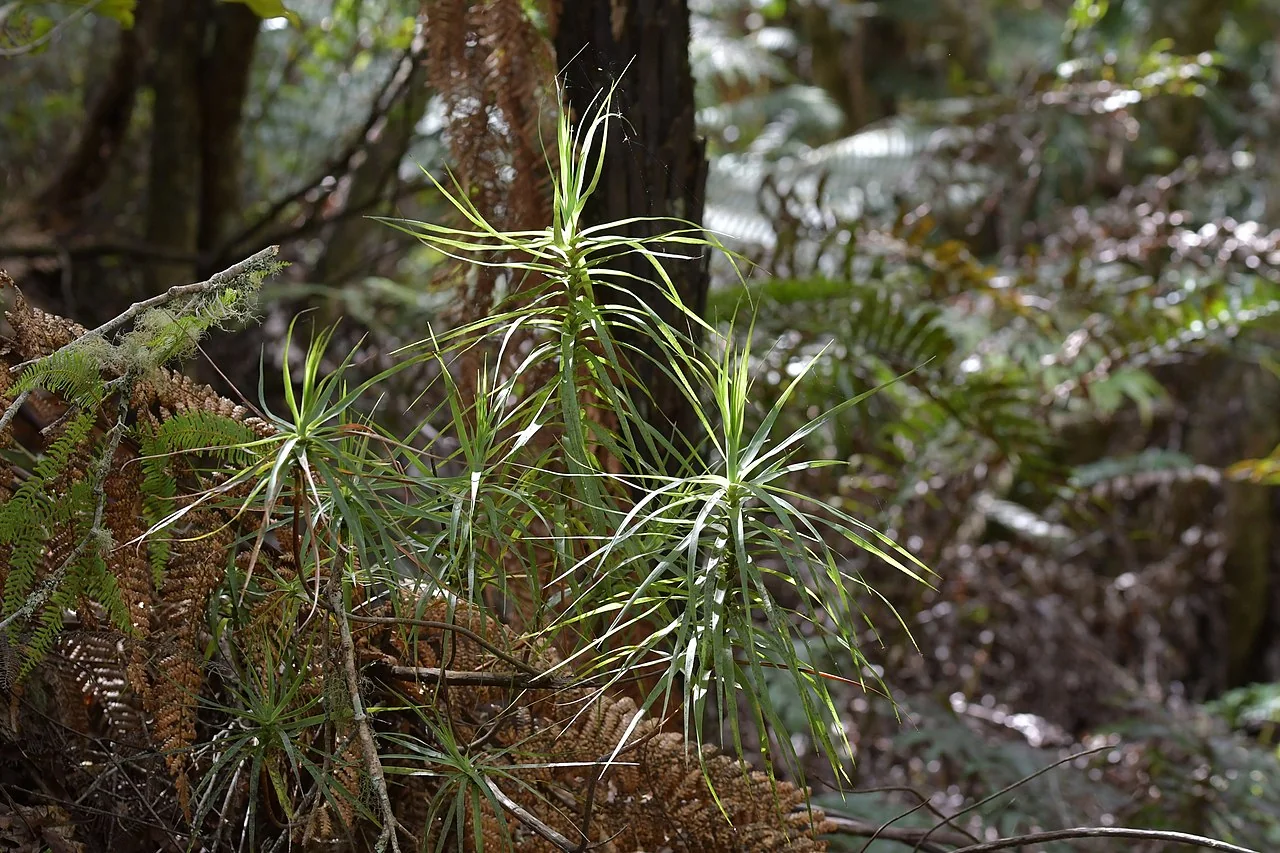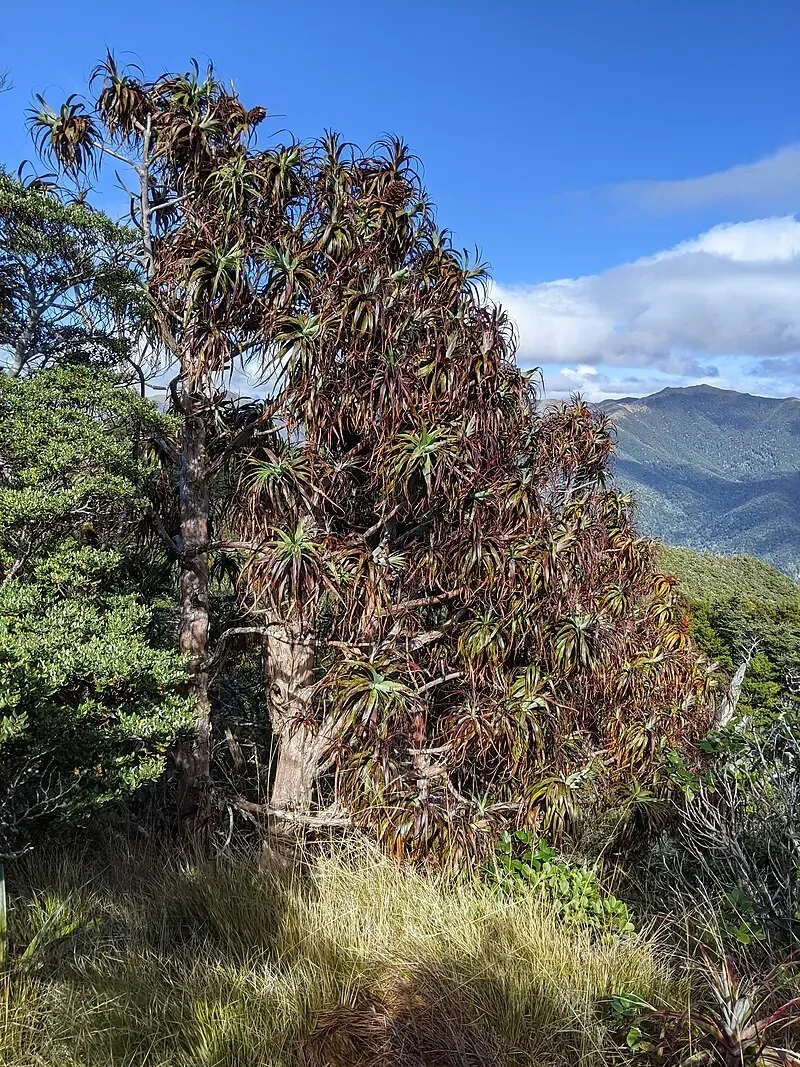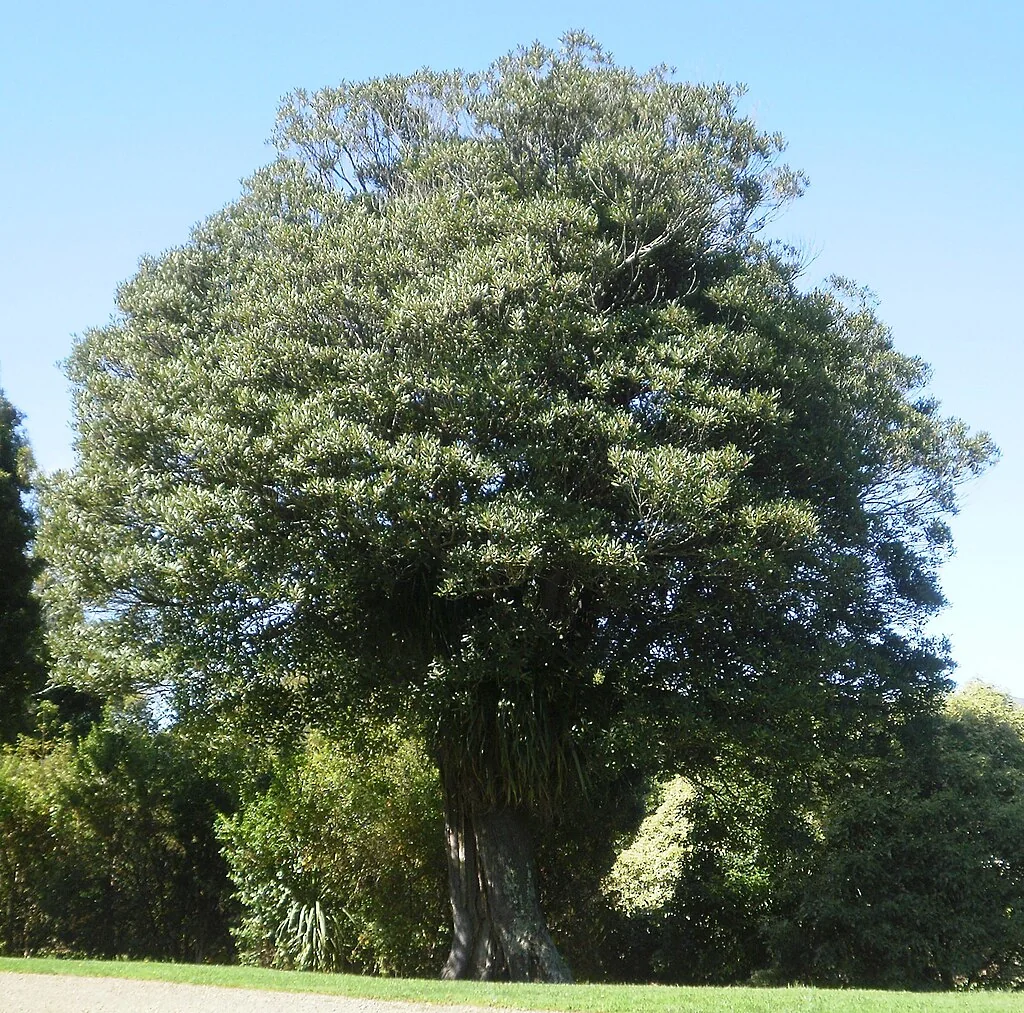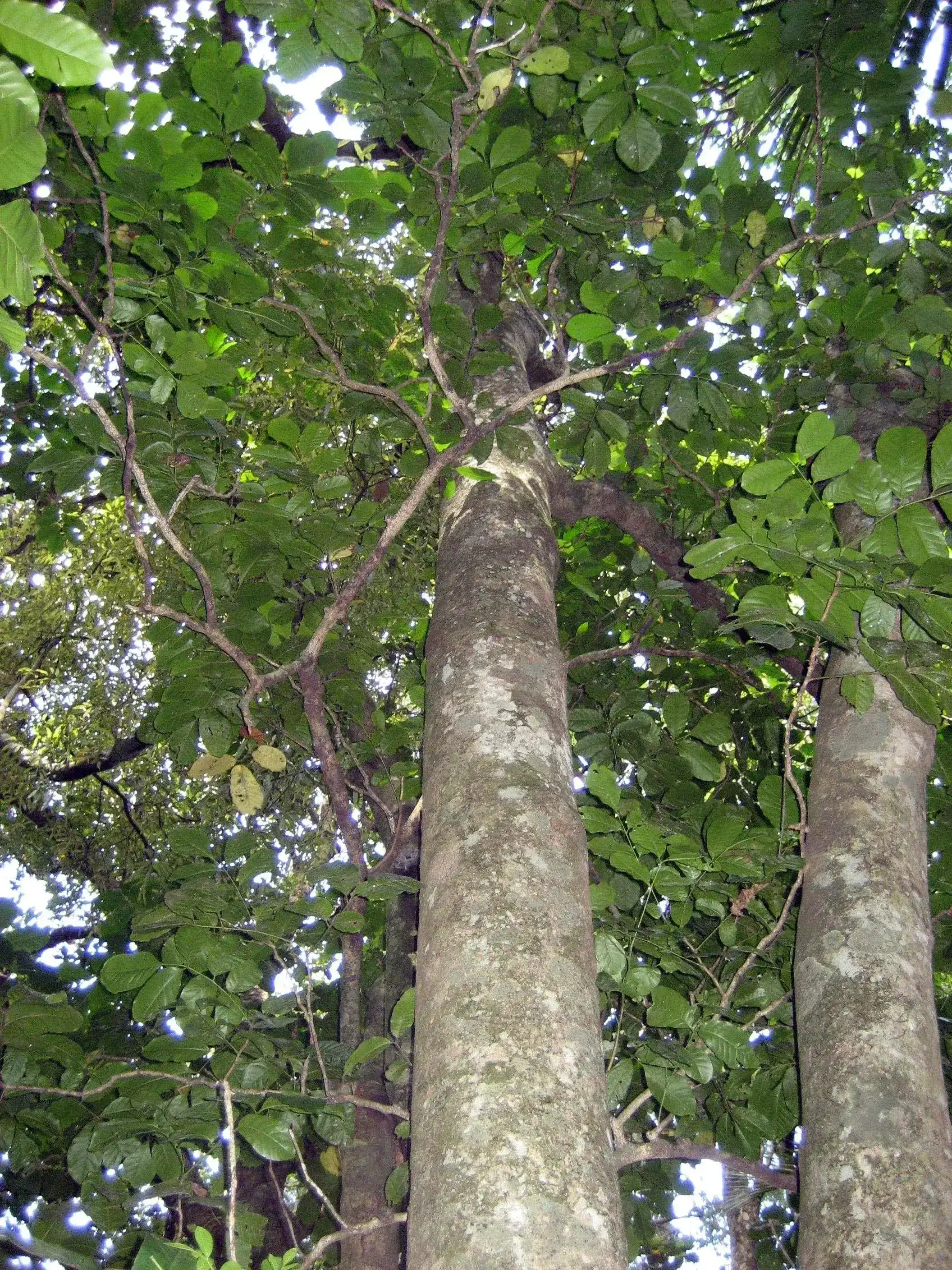
Kohekohe
Introduction
Introduction Overview
Kohekohe ( Didymocheton spectabilis , formerly Dysoxylum spectabilis ) is a native New Zealand tree with glossy leaves and fragrant white flowers. It is valued for its unique flowering habit and importance in coastal and lowland forests. The scientific name was reclassified from Dysoxylum to Didymocheton in recent years, but both names refer to the same species. native trees and our native plants guide

Plant Description
Botanical Features
Didymocheton spectabilis, commonly known as Kohekohe or New Zealand mahogany, is a medium-sized evergreen tree native to New Zealand. It typically grows up to 15 meters tall with a trunk up to 1 meter in diameter and a broad, spreading canopy. Its leaves are large, glossy, dark green, pinnate, often up to 40 cm in length, with 4-6 pairs of leaflets and a fifth leaflet at the tip. The leaves are leathery and have somewhat undulate margins. Small, fragrant, greenish-white to waxy white flowers, about 30 mm in diameter, grow directly from the trunk and branches (cauliflory), typically appearing in winter. These flowers are an important nectar source for native birds. The tree produces large, green, woody capsules that take around 15 months to ripen, splitting open to reveal bright orange or scarlet seeds encased in a fleshy aril. It is found in lowland and coastal forests throughout most of the North Island and the Marlborough Sounds in the north of the South Island, thriving in sheltered, moist environments.
Quick Facts
Key Features
| Scientific Name | Didymocheton spectabilis (formerly Dysoxylum spectabilis ) |
|---|---|
| Height | Up to 15 m (49 ft) |
| Spread | 4-6 m |
| Water Needs | Moderate; prefers consistent moisture |
| Light | Part shade to full sun |
| Frost Tolerance | Low to moderate; protect from frost when young |
| Salt Tolerance | Low; does not tolerate salt spray |
| Growth Rate | Moderate |
| Lifespan | Many decades |
Climate Best Suited to
Climate Best Suited to Overview
| City | Climate Suitability |
|---|---|
| Whangārei | Ideal |
| Auckland | Ideal |
| Hamilton | Ideal |
| Tauranga | Ideal |
| Rotorua | Ideal |
| Gisborne | Ideal |
| New Plymouth | Ideal |
| Napier | Ideal |
| Whanganui | Ideal |
| Palmerston North | Ideal |
| Wellington | Ideal |
| Nelson | Ideal |
| Christchurch | Ideal |
| Dunedin | Ideal |
| Invercargill | Ideal |
Thrives in warm, humid conditions typical of northern New Zealand. Prefers temperatures between 12°C and 25°C. Requires protection from frost and strong winds.
Natural Habitat
Natural Habitat Overview
Didymocheton is naturally found in specific habitats throughout New Zealand. Understanding its natural environment helps in providing appropriate growing conditions in cultivation.
Plant Conservation
Didymocheton spectabilis, commonly known as kohekohe or New Zealand mahogany, is currently classified as "Not Threatened" in New Zealand. This status applies nationally and, as of 2025, regionally in Auckland. Despite its overall "Not Threatened" classification, the species faces significant conservation challenges, primarily from introduced mammalian pests. Possums defoliate the trees and heavily browse their flowers, which severely impacts the plant's ability to flower and set fruit. Rats are also major seed predators, further hindering natural regeneration. These activities by pests can lead to a decline and potential disappearance of kohekohe from large areas of its natural range if left unchecked. Historically, kohekohe forests have also been lost due to land development. Conservation efforts, particularly the control of possum and rat populations, have shown positive results. In areas where these pests are managed or on pest-free offshore islands, kohekohe exhibits active regeneration, flowering, and fruiting. For instance, studies have demonstrated rapid recovery of the kohekohe canopy following possum control measures, and the kohekohe forest on Kapiti Island has been recovering since possums were eradicated in 1986. Didymocheton spectabilis is an endemic New Zealand tree, growing up to 15 meters tall, and is a common component of coastal to lowland forests in the North and parts of the South Island.
Soil
Requires moist , well-draining soil rich in organic matter.
Light
Prefers partial shade to dappled sunlight.
Water
Needs consistent moisture and protection from wind.
Planting Guide
When to Plant
The best time to plant Didymocheton is during spring or autumn when soil temperatures are moderate and rainfall is reliable.
How to Plant
Dig a hole twice the width of the root ball and slightly deeper. Place Didymocheton in the hole, backfill with soil, and water thoroughly. Mulch around the base to retain moisture.
Ecological Role
Wildlife Interactions
Kohekohe ( Didymocheton spectabilis ) plays a vital role in New Zealandâs lowland forests and wetlands. Its dense foliage provides shelter and nesting sites for native birds, while the fragrant flowers attract pollinators such as bees and butterflies. The tree âs spreading canopy helps stabilize soil and retain moisture, supporting a diverse understory of native plants. By thriving in damp, shaded environments, Kohekohe ( Didymocheton spectabilis ) contributes to the health and resilience of wetland and forest ecosystems.
Uses and Applications
Practical Applications
Didymocheton has various practical and ornamental uses. From traditional Mori applications to modern landscaping, this versatile plant serves multiple purposes.
Historically, Didymocheton was used by Mori for medicinal purposes, food, and cultural practices. These traditional uses reflect the deep knowledge of native plants.
Landscaping Uses
Landscaping Uses Overview
Kohekohe ( Didymocheton spectabilis ) is ideal for damp, shaded gardens, wetland restoration, and as a feature tree in native plantings. Its glossy leaves and fragrant white flowers add texture and seasonal interest to the landscape. Plant near water features or in woodland gardens for a lush, tropical effect. The tree âs spreading canopy provides excellent shade and habitat for native birds, while its tolerance for periodic flooding makes it suitable for challenging sites. Use in combination with ferns, sedges, and other moisture-loving natives for a resilient, biodiverse planting.
Seasonal Care
Spring
- Mulch and water young trees
Summer
- Monitor for drought stress
Autumn
- Collect seed
Winter
- Minimal care needed
Pruning
Pruning Techniques
Remove dead or damaged branches as needed. Minimal pruning required.
Regular pruning of Didymocheton helps maintain its health and desired shape. Remove any dead, diseased, or crossing branches to improve air circulation and reduce the risk of pest and disease problems.
For most native plants, light pruning throughout the growing season is better than heavy pruning at once. This approach encourages healthy new growth while maintaining the plant's natural form and character.
How to Grow Kohekohe
Kohekohe, also known as New Zealand Mahogany, is a magnificent native tree highly valued for its glossy foliage, fragrant flowers, and its unique cauliflorous flowering habit (flowers directly on the trunk and branches). It is a prominent feature in coastal and lowland forests and is a popular choice for larger gardens and restoration projects. While it is a robust tree, successful cultivation requires attention to its specific needs, particularly regarding moisture, shelter, and protection from frost when young. Understanding its propagation methods is key to successfully growing this iconic species.
From Seed
Propagating Kohekohe from seed is the most common and generally reliable method. Collect the small, fleshy, red-orange fruits when they are ripe, typically in late autumn or early winter. Clean the seeds thoroughly to remove the fleshy pulp. Sow the fresh seeds in a well-draining seed-raising mix, lightly covering them. Maintain consistent moisture and provide warm, bright conditions for germination. Germination can be slow and erratic, often taking several months. Once seedlings have developed a few true leaves, they can be potted into individual containers and grown in a sheltered, frost-free location for their first few years before planting out.
From Cuttings
Propagation of Kohekohe from cuttings can be challenging but is possible with careful attention to detail. Take semi-hardwood cuttings from healthy, current season's growth in late summer or early autumn. Cuttings should be about 4-6 inches long. Remove the lower leaves and dip the cut end in a rooting hormone. Plant the cuttings into a well-draining, sterile cutting mix, such as a blend of perlite and peat. Maintain high humidity around the cuttings, perhaps by placing them under a plastic dome or in a propagator, and provide bottom heat to encourage root development. Keep the medium consistently moist but not waterlogged. Rooting can take several months, and success rates can vary, making this method more suitable for experienced propagators.
Pests and Diseases
Common Pests
Didymocheton is generally resistant to most pests due to its native adaptations. However, it may occasionally be affected by common garden pests such as aphids or scale insects.
Disease Prevention
To prevent diseases, ensure good air circulation around Didymocheton and avoid overwatering. Remove any diseased plant material promptly to prevent spread.
Cultural Significance
Didymocheton spectabilis, commonly known as kohekohe or New Zealand mahogany, holds significant cultural importance, particularly within Māori culture in New Zealand.
Its Cultural Significance Stems from Several Traditional Uses and Characteristics:
- Traditional Māori Medicinal Uses: The bark of the kohekohe tree was traditionally boiled in water by Māori and consumed as a tonic for medicinal purposes.
- Timber and Carving: The wood of Didymocheton spectabilis was valued for carving, especially for making waka (canoes), despite being soft and prone to rot. Its light yet strong nature, and its ability to polish to a fine red color, earned it the name "New Zealand mahogany" among early European settlers.
- Nomenclature and Place Names: The name "kohekohe" is derived from the Proto-Polynesian word kofe, meaning a type of bamboo. Early Polynesian settlers likely found the thickening bases of its leaf stems reminiscent of bamboo. The tree's prevalence is also reflected in place names, such as Pukekohe, a town south of Auckland, which is an abbreviation of "Puke kohekohe," meaning "Hill of the kohekohe."
- Ecological Role: Beyond its direct human uses, kohekohe plays a vital ecological role, providing habitat and food for native wildlife, including nectar-feeding birds like Tūī and Bellbird, which are attracted to its fragrant, greenish-white flowers.
Bonus Tip
A Tropical Surprise
One of the most remarkable features of the Kohekohe is its flowering habit, a trait known as cauliflory, which is more commonly associated with tropical rainforest trees. Instead of producing flowers at the tips of its branches, the Kohekohe bursts into bloom directly from its trunk and main branches. In winter, long, drooping sprays of waxy, white flowers emerge, creating a truly spectacular and unusual sight.

